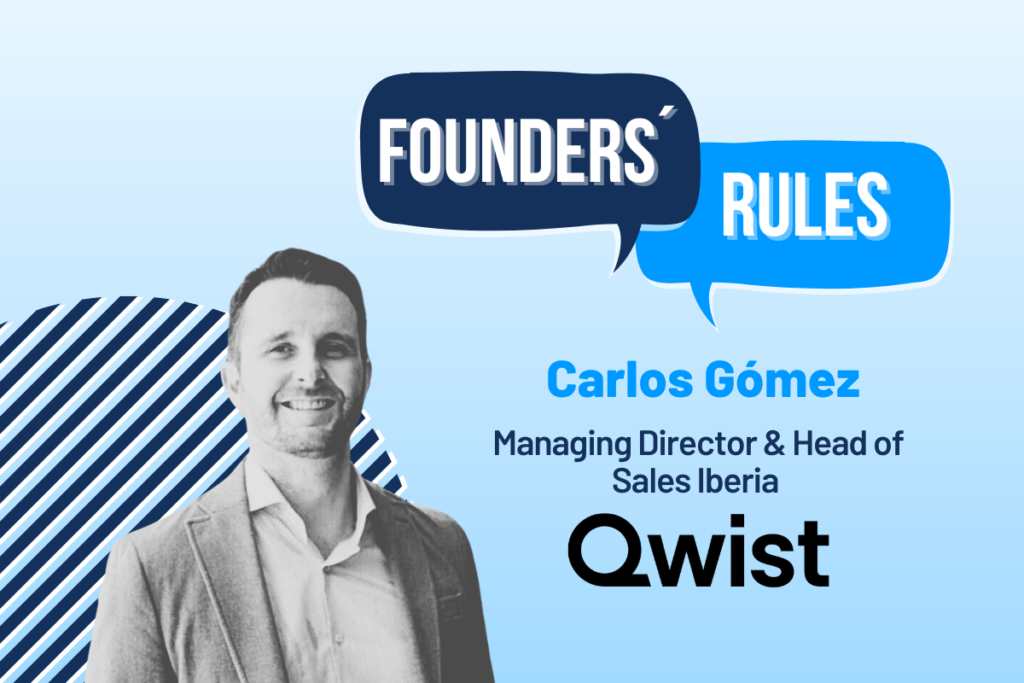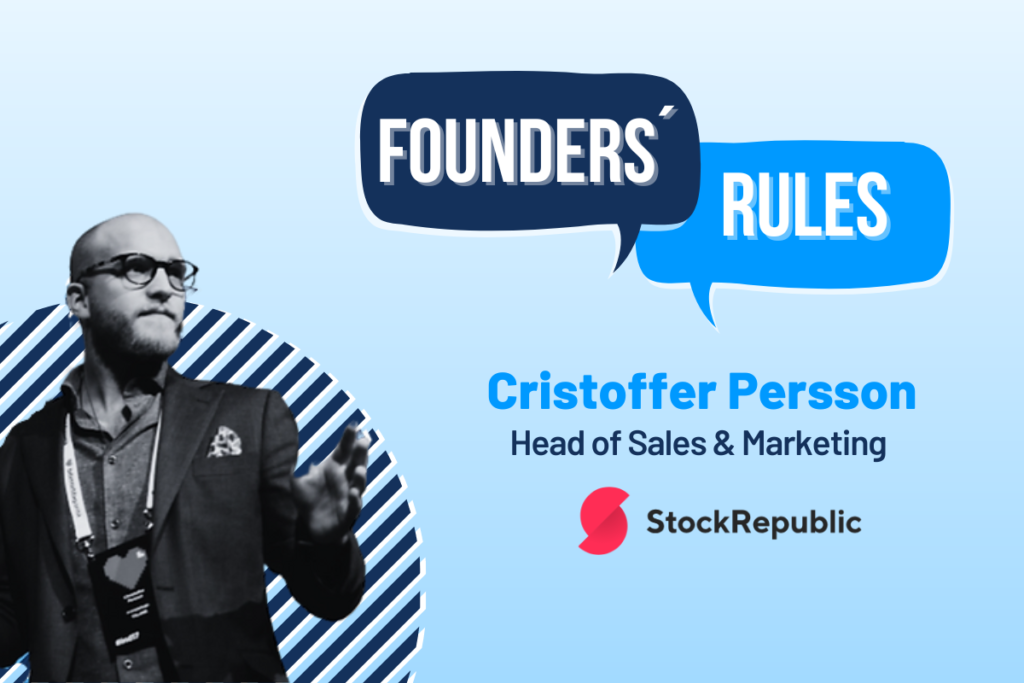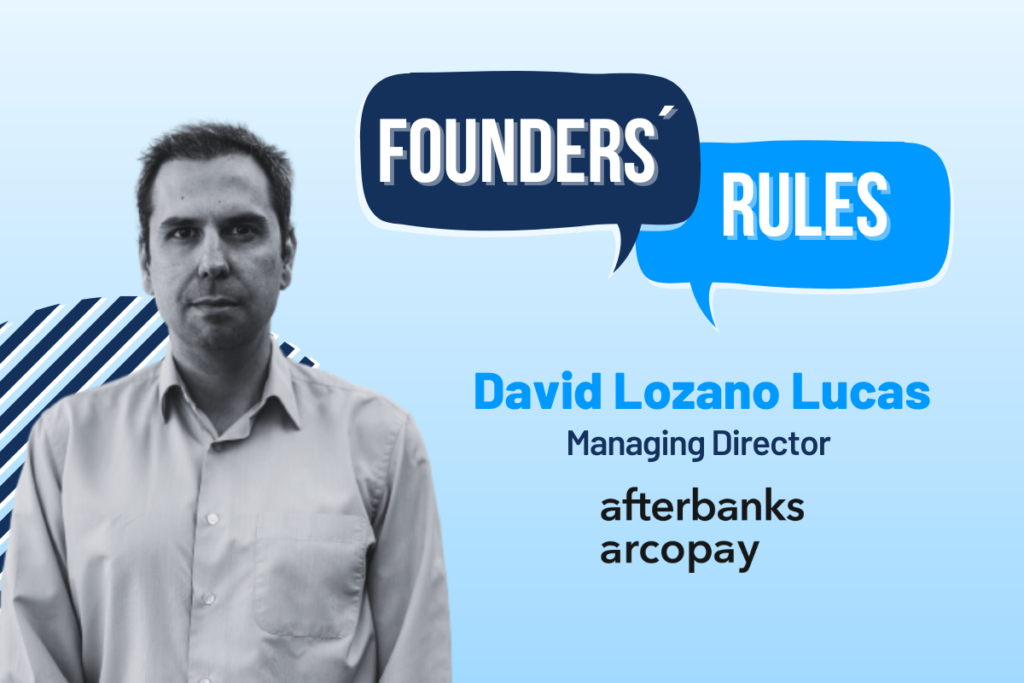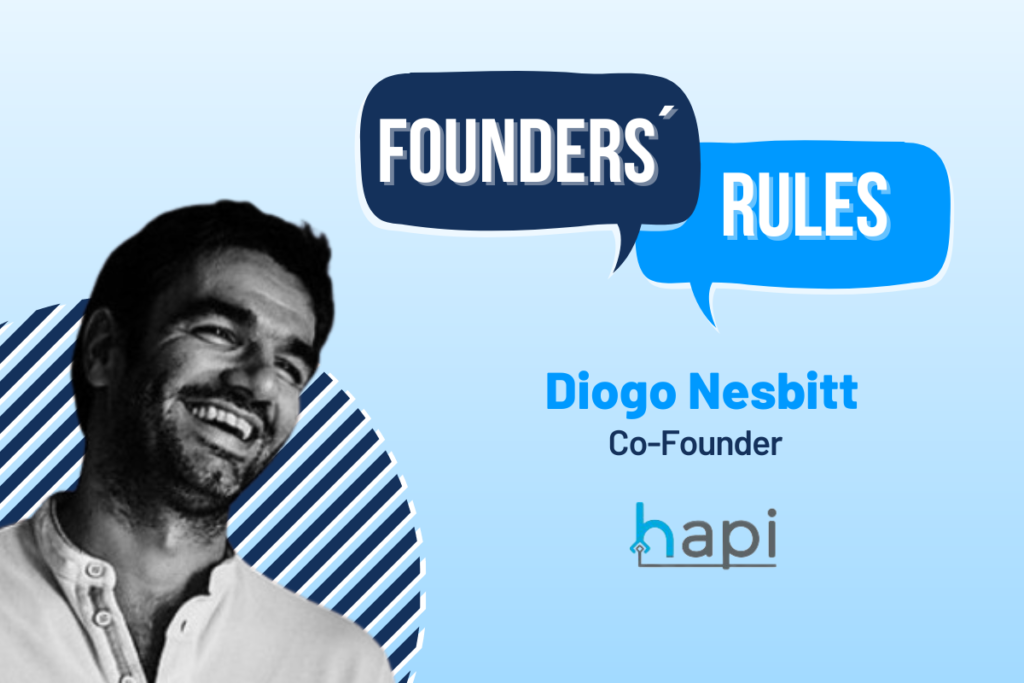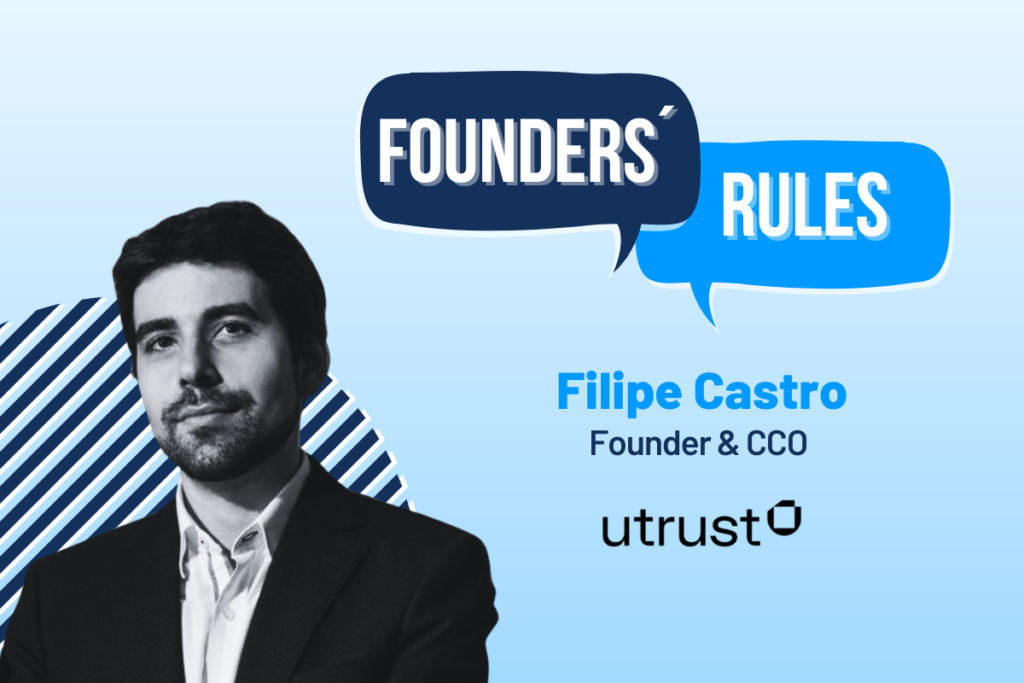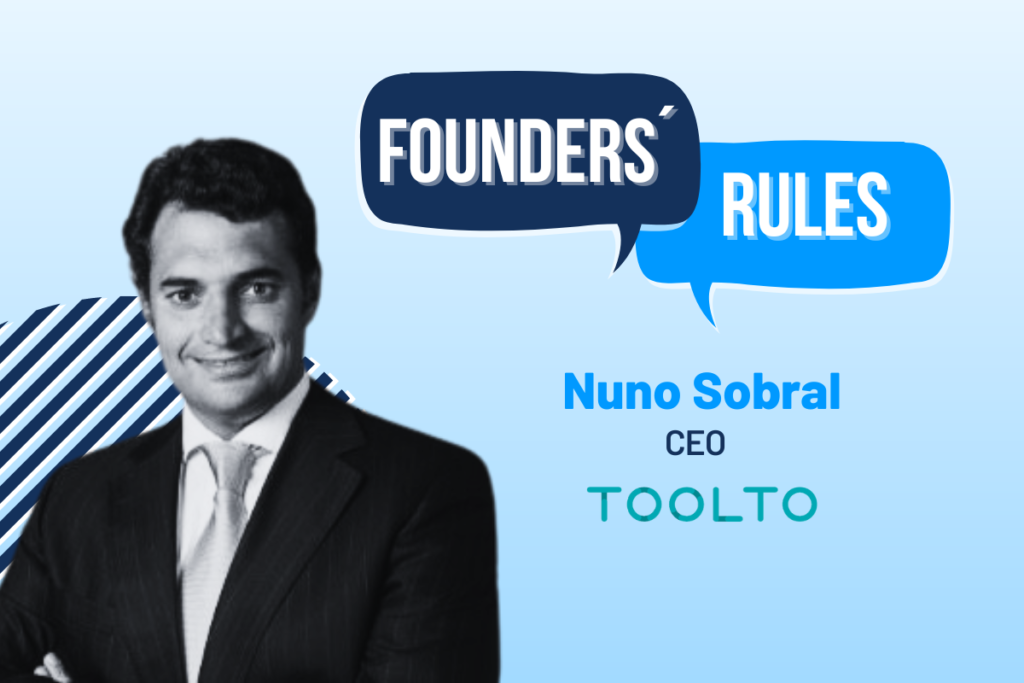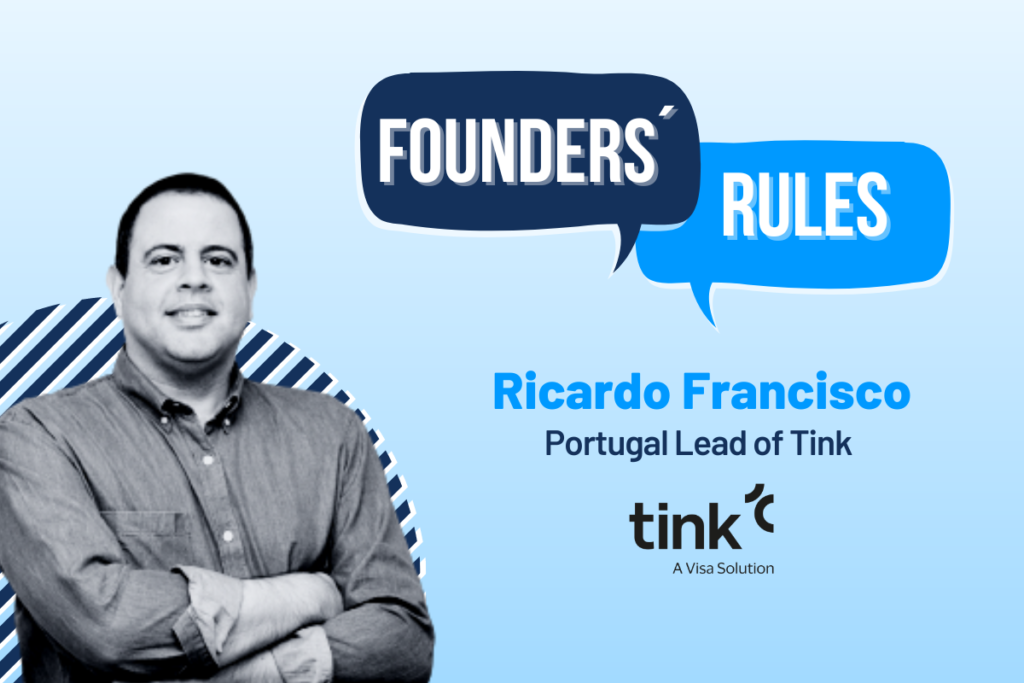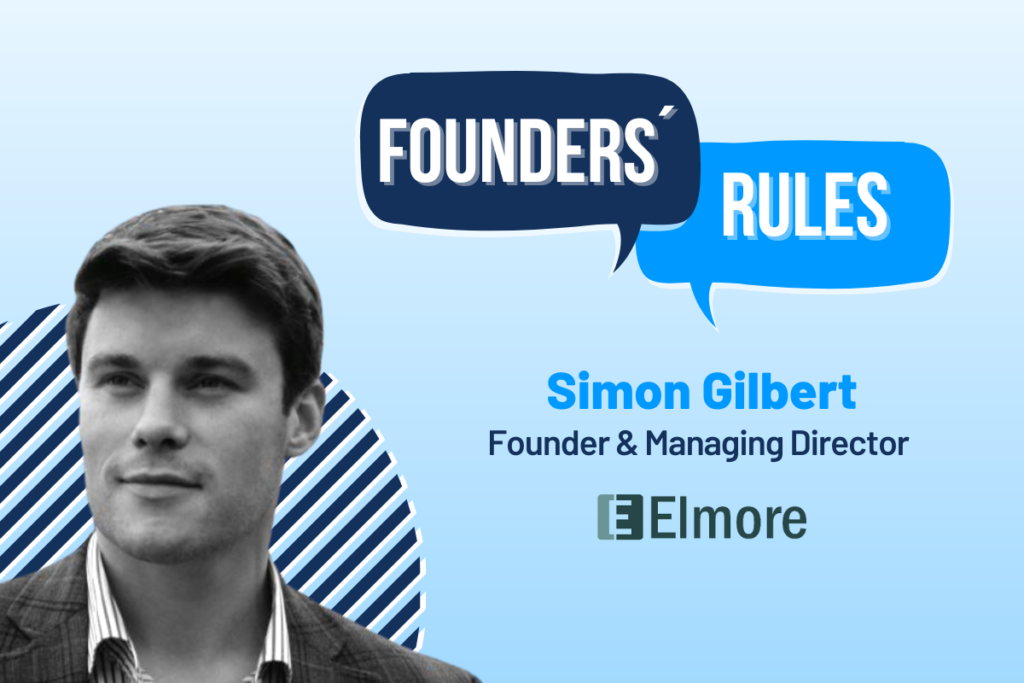[FH]: What inspired the creation of Weavr.io?
[AM]: Weavr’s goal is to help bring embedded finance to every business that could benefit from it. The impact has tremendous potential to enrich people’s lives. When financial services are delivered within the context of day-to-day activities, consumers can more easily finance their education, or a new car purchase, and small companies can better access working capital while large enterprises can improve productivity. The scope is endless. Once financial services are embedded in a piece of software – for instance, a digital accounting package that now also gathers payments and pays your suppliers – such software firms can develop huge customer value and then monetise that value, yielding substantial added revenue from their existing consumer base. However, embedded finance – as this approach is called – is costly and risky for software firms to undertake. That’s really why we exist – to offer a much easier and complete alternative. It’s far more straightforward and much less risky with Weavr. All the elements required to make an embedded finance solution compliant and secure are provided. There’s no requirement for specialist skills and considerable investment from the software firms that use it.
[FH]: What were the main challenges that you faced when establishing your company?
[AM]: Bootstrapping is hard for any company, but definitely harder when you are trying to bring radically new approaches to a market that is still in its infancy, as embedded finance certainly is. In addition, even when the startup has identified a genuinely better way, finding an effective way to communicate your value, and your essential difference, is probably one of the hardest things for startups to do. How do you rise above the noise? This was, indeed, our biggest challenge: how to communicate our difference to the only-just-established concepts of open banking and banking as a service as key techniques for delivering embedded finance. We set up Weavr because we could see how limiting (in the case of open banking) and how complex and intrinsically unsafe (in the case of banking-as-a-service) these options were. How do you capture attention – of investors, of partners, of prospective customers – when open banking and banking-as-a-services are suddenly all the rage, racing up the hype curve? We are constantly evangelising, of course, but the best way is to show the impact we’ve had on the innovators we support. In their own words, they talk about how Weavr transforms the challenges of time to market, complexity of running financial solutions, and the efficiency with which they’re able to iterate innovation even once they are live. And clearly, our work is far from done in this respect, especially as we engage with much larger and much more established digital businesses.
[FH]: What advice would you give to a startup wanting to expand to another country?
[AM]: Startups, at their best, are a highly effective lab for running market experiments and then picking the winning formula and scaling it. Begin small, tweak, validate, and then – when you know it’s going to perform – invest the resources, effort, and capital to make it all worthwhile. Establishing a network of people who have experienced that same journey and have seen or made all the mistakes – helping you to avoid any pitfalls. Be humble and stay curious.
[FH]: What is Weavr’s company culture?
[AM]: There’s an overall sense throughout the company that, with our embedded finance solutions, we’re on to something important that will help to shape the future. This creates a fantastically strong sense of mission, which in turn shapes our culture and working environment. We know, as a team, that we have to surmount many obstacles for our proposed way of doing embedded finance becomes established. The only way we can be sure of maximising the feedback and learning from experience with real customers and partners is to have a very open organisation with the widest possible access to information, people and, importantly, ideas, wherever they come from. One way to describe the way Weavr organises itself is ‘fluid and flat’, certainly as a working culture, as in, not overly hierarchal. We are definitely ambitious, but I’d like to think we can strive for and achieve great things without losing the human qualities of being decent and kind and welcoming of difference.
[FH]: Where do you see Weavr in the next 3 years?
[AM]: Despite the tech downturn, which has very direct impact on our customers and therefore on us, I think 2023 is going to be an exciting year for us for two reasons: Firstly, embedded finance can be a powerful antidote to the ‘falling demand, increasing costs’ environment that many software businesses, especially B2B SaaS, face. Weavr has shown that such businesses can generate significantly more revenue from their existing customer base and can really impact retention – at a time when customers are deciding which SaaS subscription they can live without, this can be a huge benefit. Having cut our teeth with smaller SaaS businesses in the last couple of years we are now engaging with more-established and bigger software companies, extending our range of financial services, and getting ready to help our first customers outside Europe following our expansion to Singapore last year. In addition, ‘Plug-and-Play finance’ – our unique approach to embedded finance – also caught the eye of many financial institutions last year. Our tech can be utilised in a white-label form by them and, in fact, late last year we signed our first letter of intent for such a project. Hence, 2023 brings the opportunity to provide financial institutions with the technology they require to produce the new breed of “embeddable financial products”. We believe it should be the preferred route to embedding finance vs the Banking-as-a-Service (BaaS) route which provides lower-level capabilities such as APIs to issue accounts or cards. We believe this approach will aid the achievement of widespread adoption of embedded finance. More notably, it makes embedded finance increasingly safer for the financial institutions and the customers who trust those financial institutions with their money. Looking even further ahead, we anticipate continuing to enter additional markets, such as the US. Similar to Singapore, it’s a clear target for further innovation in embedded finance. The next few years certainly won’t be boring for Weavr.




